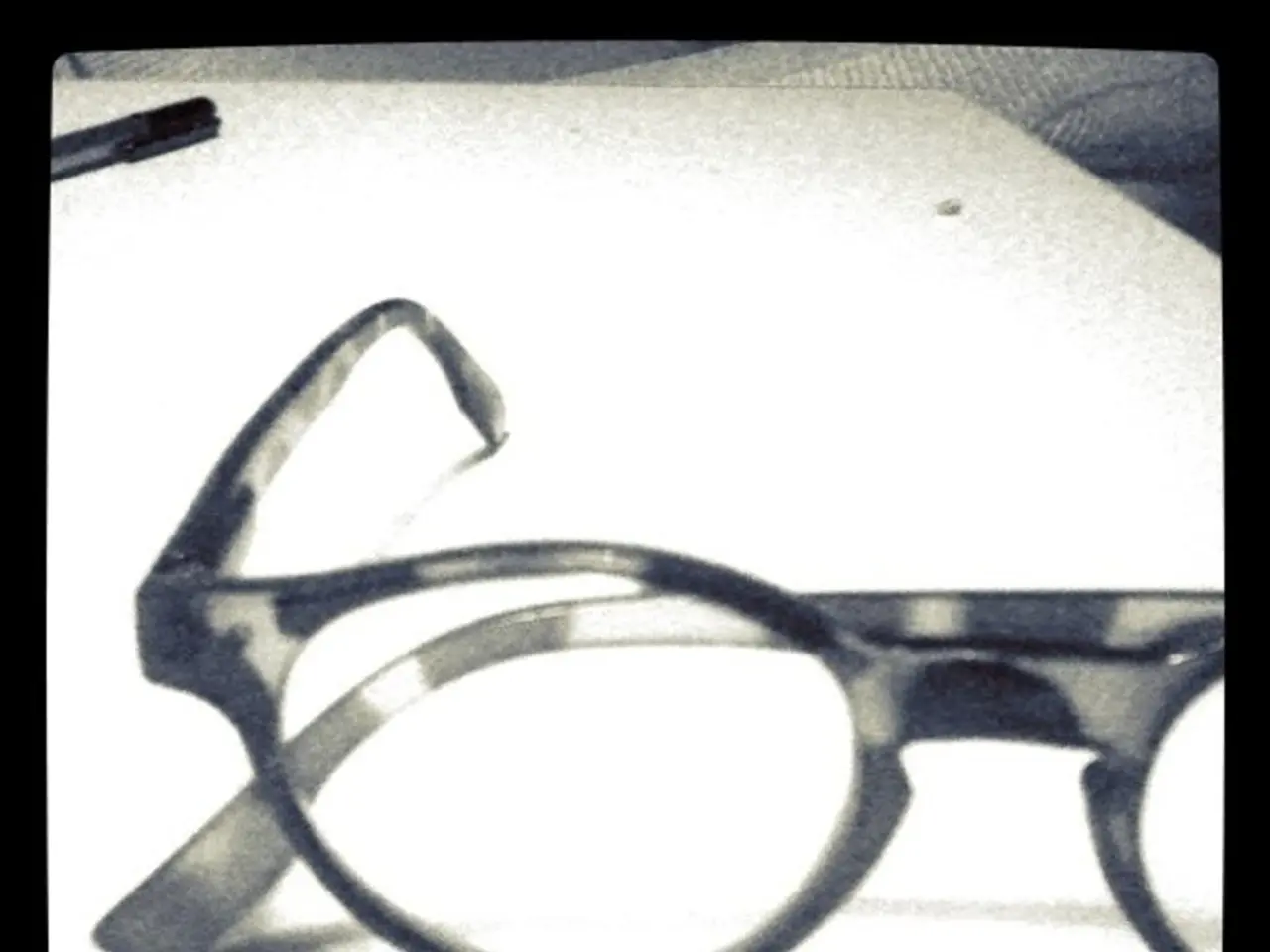Evaluation of Celestron Luminos Eyepieces: Recommended for Stargazers
Celestron Luminos Eyepieces: A Comprehensive Review
The Celestron Luminos eyepieces are an ultra-wide-angle eyepiece line that offers a wide, metal housing with a rubber grip ring and a twist-up eyecup. These eyepieces, more or less, are clones of the Tele-Vue Nagler optical design and are available in six focal lengths: 2" barrel 31mm, 23mm, and 19mm, and 1.25" 15mm, 10mm, and 7mm units.
However, it's important to note that the 10mm and 7mm Luminos eyepieces are not manufactured by Celestron but by Kunming United Optics.
One of the standout features of the Luminos eyepieces is their performance at various focal ratios. They perform well, with the main aberrations being field curvature and minor lateral chromatic aberration. Yet, they have an unusual property known as angular magnification distortion, which causes the edges of the field of view to be "compressed" gradually.
The 10mm Luminos, while generally good, has some notable drawbacks compared to other Luminos and ultra-wide angle (UWA) eyepieces. Users have reported the 13mm eye relief on the 10mm Luminos as restrictive, making it difficult to see the full field comfortably. This limitation in eye relief is a significant con compared to other Luminos models or premium UWAs, which generally provide more comfortable eye relief and better edge illumination.
In terms of optical performance and field curvature, while specific detailed measurements or professional reviews are scarce for the 10mm Luminos, it is well known that Luminos eyepieces overall deliver sharp images with good contrast. However, the shorter eye relief of the 10mm likely contributes to some user discomfort and possibly less uniform brightness across the field. Other Luminos eyepieces and premium UWA eyepieces typically use designs that better control field curvature and maintain brightness and sharpness out to the edge, improving the viewing experience.
The edge-of-field brightening in the Luminos eyepieces is caused by a mix of the actual sky background being brightened combined with internal reflections in the eyepiece. This brightening is noticeable only under moderately light-polluted skies, looking at deep-sky objects at low power with no filter. Interestingly, it is not noticeable if you have dark skies, if you have very light-polluted skies, or if you are using a Luminos with a telescope that produces a magnification that results in under a ~3mm exit pupil, or if you are looking at a bright target, or if you are using a narrowband nebula filter.
The 7mm Luminos has high angular magnification distortion but low edge-of-field brightening. The 31mm Luminos is heavy and has fairly obvious edge-of-field brightening. The 19mm Luminos is less of an offender for edge-of-field brightening among the low-power eyepieces, but it is often criticized.
The 35% field curvature in the 7mm Luminos is mildly perceptible. The Meade PWA and Astro-Tech UWA eyepieces perform better at their longer focal lengths than the Luminos eyepieces, though the 10mm and 7mm units are identical optically.
Lastly, Celestron also sells a 2.5x, 2" Luminos-branded Barlow lens. The Luminos eyepieces can be "decloaked" to remove their bulky, heavy bodies and twist-up eyepieces, allowing for use in a binoviewer.
In conclusion, the Celestron Luminos eyepieces offer good optical quality and sharpness, but their performance is affected by factors such as eye relief, field curvature, and edge-of-field brightening. Users should consider these factors when choosing a Luminos eyepiece to ensure it meets their specific needs and viewing preferences.
[1] User reports on eye relief and common design trade-offs in Luminos eyepieces can be found at www.cloudynights.com and www.telescope.com.
- The Luminos eyepieces' wide field of view is impressive, akin to certain optics in the home-and-garden or gadgets category, expanding one's perspective when gazing into the cosmos.
- Users have expressed concerns over the eyepieces' eye relief, particularly with the 10mm Luminos, which might hinder a comfortable viewing experience, especially for those adopting astronomy as a lifestyle choice.
- The telescope accessory market is teeming with varied technology, including eyepieces like the Luminos, that, despite their notable qualities, require prudent consideration before purchase to ensure a harmonious blend with one's viewing preferences and equipment.
- The edge-of-field brightening in the Luminos eyepieces, caused by light pollution and internal reflections, can be mitigated with proper telescope selection, magnification, or the use of specific filters, enhancing the clarity of the celestial view.




